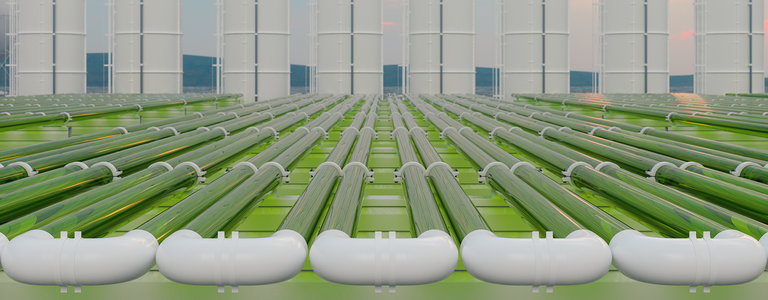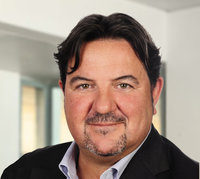
CCS-/CCU-Technology: A Market on the verge of a Breakthrough
Carbon Capture and Storage (CCS) is rapidly becoming a crucial transition technology to achieve the goal of a climate-neutral industry. Even more fascinating, however, is the idea of putting the captured CO2 emissions to use (CCU – Carbon Capture and Utilization), especially for the manufacture of products or energy. What opportunities does CCS or CCU technology offer? And what are the current challenges? Massimo Pardocchi and René de Schutter from Bilfinger provide some insights.
CCS and CCU solutions are now being discussed very frequently in the industry. What is the current status of the discussion?
Massimo Pardocchi: First of all, the discussion about carbon capture and storage or utilization has become much more objective and rational. The focus today is much more on technical than on political issues. This has been helped in particular by the numerous research and pilot projects that have demonstrated the diverse possibilities of this new approach. It is also clear that more and more CCU solutions are coming to the fore. An increasing number of projects are thus addressing the question of how the captured emissions can be transported, stored or put to use, for example as a raw material for the production of alternative fuels in combination with hydrogen.
In which industries is the interest in CCS and CCU solutions strongest? From where do you receive the most inquiries?
René de Schutter: The greatest demand is undoubtedly in those industries where the highest levels of CO2 emissions also occur. These are primarily the cement, steel and chemical industries. However, as more and more countries have defined net-zero targets, interest is also growing in other sectors. Many companies have set ambitious climate targets and now recognize CCS/CCU technology as one of several building blocks to achieve these targets. This can be seen, for example, in the waste-to-energy sector: Here, high demand can be observed right now, especially for medium-sized plants.
The focus today is much more on technical than on political issues."
In which countries is the CCS/CCU technology primarily being promoted?
René de Schutter: Those countries that have significantly developed CCS/CCU technology and are still decisively pushing it forward are the countries bordering the North Sea – first and foremost Norway, the Netherlands and the United Kingdom. Central to this is the idea of linking industrial port areas with offshore depleted gas fields that can be used to store the captured CO2. However, increasing interest can also be seen in neighboring countries, particularly Germany, Denmark and Switzerland. And in the USA, too, carbon capture has recently been pushed. Here, corresponding projects are currently being set up around the Gulf of Mexico in particular.
What are the biggest challenges in implementing and realizing the projects?
Massimo Pardocchi: The biggest bottleneck for the development and implementation of CCS/CCU projects is the lack of an integrated and efficient CO2 transport infrastructure. As long as this is lacking, only comparatively small or regionally limited projects can be developed. Therefore, work is currently being done in particular on projects in which several emitters cooperate in industrial hubs and share the costs of building the necessary infrastructure. Many more CCS/CCU projects could quickly emerge in industry, but most interested parties lack a clear and viable business case. And this can only emerge if governments create the necessary framework conditions, especially in the form of appropriate infrastructure, a long-term policy and reliable tax rates.
How do you think the market will develop in the next years or decades?
René de Schutter: The market will undoubtedly develop very dynamically. In recent years, we have seen several technical breakthroughs: In principle, the capture and transport of CO2 no longer pose any major challenges from a technological point of view. As soon as the aforementioned infrastructure has been established and we have developed new and further ways of storing and, above all, using CO2, CCS/CCU technology will be used to a significant extent worldwide. It was therefore important for us to be represented in this market at an early stage and to help shape its development.
The market will undoubtedly develop very dynamically."
How does Bilfinger support the development and implementation of CCS/CCU projects?
Massimo Pardocchi: Bilfinger has already been active in the field of carbon dioxide capture for over 20 years. Especially in the design phase, Bilfinger has contributed its know-how to numerous projects. In recent years, we have continuously expanded our range of services and are now offering design and build solutions which can support several industries such as cement or waste to achieve their decarbonization goals.


